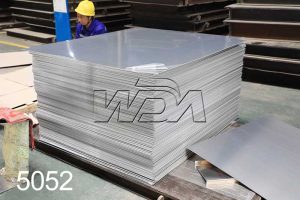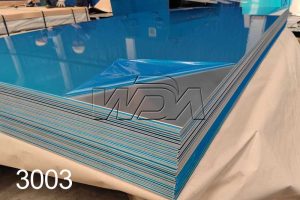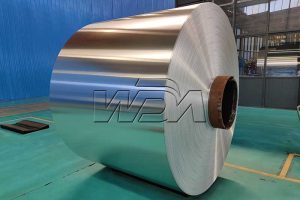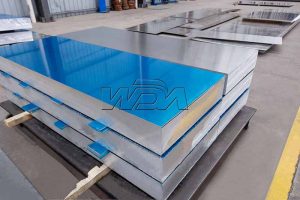Introduction
When it comes to selecting the right aluminum alloy for your project, making an informed choice is crucial. Among the plethora of aluminum alloys available, 5052 and 5083 are two popular options, each with its unique set of properties and applications. In this article, we’ll talk about the differences between 5052 and 5083 aluminum alloys to help you make the best choice for your specific needs.
5052 Aluminum Alloy
5052 is a non-heat-treatable aluminum alloy known for its excellent corrosion resistance and versatility. It belongs to the 5xxx series of aluminum alloys, which are alloyed primarily with magnesium. Here are some key characteristics of 5052 aluminum:
- Corrosion Resistance: 5052 aluminum boasts outstanding resistance to both atmospheric and chemical corrosion, making it an ideal choice for marine and coastal applications.
- Formability: This alloy is highly formable and can be easily shaped, bent, and fabricated, making it suitable for a wide range of applications.
- Weldability: 5052 is readily weldable, making it a popular choice for structural components and welded assemblies.
- Strength: While not as strong as some other aluminum alloys, 5052 offers good strength, especially when work-hardened.
- Typical Applications: 5052 is commonly used in the manufacturing of sheet metal, fuel tanks, pressure vessels, and marine components due to its corrosion resistance.
5083 Aluminum Alloy
5083 is also a non-heat-treatable aluminum alloy, and it is renowned for its exceptional strength and performance in harsh environments. Like 5052, it is part of the 5xxx series of aluminum alloys, but it contains higher levels of magnesium and traces of manganese and chromium. Here are the key features of 5083 aluminum:
- High Strength: 5083 is one of the strongest non-heat-treatable aluminum alloys. It retains its strength even in extreme temperatures, making it suitable for cryogenic applications.
- Corrosion Resistance: While not as corrosion-resistant as 5052, 5083 still offers good resistance to seawater and other corrosive environments, making it an excellent choice for shipbuilding.
- Weldability: It can be welded successfully using common methods, although precautions should be taken to minimize distortion.
- Typical Applications: 5083 is primarily used in high-stress applications such as ship hulls, armor plating, pressure vessels, and structural components in offshore and marine industries.

Choosing Between 5052 and 5083
The choice between these two aluminum alloys depends on your specific requirements:
- Corrosion Resistance: If your project demands superior corrosion resistance, especially in marine or coastal environments, 5052 is the better choice.
- Strength: If you need high-strength properties for demanding applications like shipbuilding, armor plating, or aerospace components, 5083 is the alloy to consider.
- Formability: For applications where formability is crucial, 5052’s excellent bending and shaping characteristics are advantageous.
- Weldability: Both alloys can be welded, but 5052 is more forgiving in terms of distortion during welding.
- Cost: 5052 is generally more cost-effective than 5083, so it may be the preferred choice for budget-conscious projects.
Conclusion
In summary, the choice between 5052 and 5083 aluminum alloys depends on the specific needs of your project. While 5052 excels in corrosion resistance and formability, 5083 shines in high-stress applications where strength is paramount. Consider your project’s requirements carefully, and you’ll be able to select the aluminum alloy that best suits your needs. Both 5052 and 5083 have their unique strengths, and with the right choice, your project will benefit from the remarkable properties of these versatile aluminum alloys. If you still don’t what allou to choose, contact me by email wandaaluminumsheet@gmail.com or WhatsApp +8613619844700.




